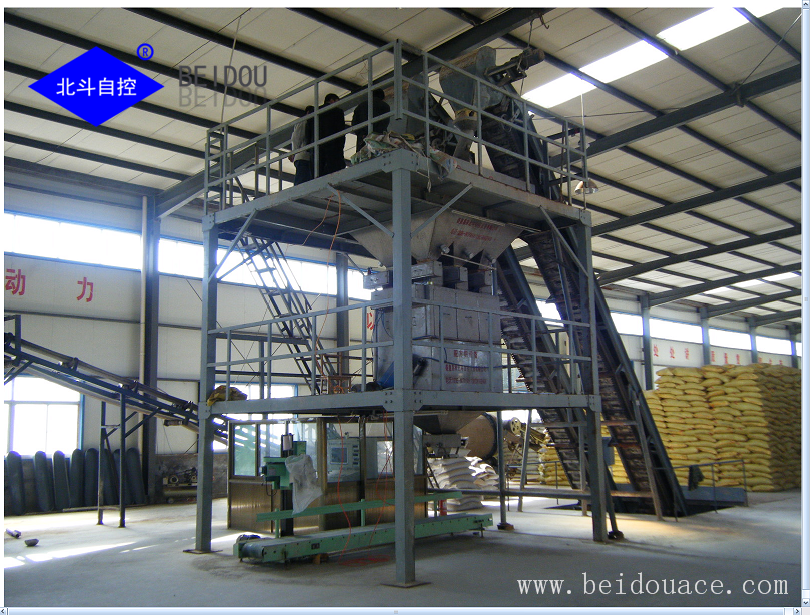Fertiliser Spreading Advice
Fertiliser spreading advice
To achieve the best results when using fertilisers, the nutrients have to be spread accurately and evenly and at the right rate across the whole spreader width. A high quality fertiliser is important, but so important is how you spread it!

Beidou and its subsidiary company( TIANXUAN) make a test to bring you the latest advice on how to successfully spread your fertiliser to achieve the best results.
Solid fertiliser application——-Make the right fertiliser choice
- Conduct a broad spectrum soil analysis in conjunction with a nutrient management plan to help decide which fertiliser is the most appropriate for a crop’s needs.
- Use a bulk blending fertilizer produced by bulk blending fertilizer making machine to ensure all the nutrients are contained in each granule and there is no segregation in the hopper. The benefit of this is an even spread of all nutrients across the whole spread width so that all of the crop gets the correct nutrition to meet its needs.
Check fertiliser quality
- Check that all the fertiliser to be applied comes from the same batch, particularly if taking delivery on several dates or if there is a carry over of old stock. The same fertiliser can sometimes be produced at different factories, each with different characteristics which means two batches of the same product could have different spread settings and may need to be tested separately.
- Fertilizer(NPK granulated fertiliser equipment plant) should have consistent characteristics to achieve an even spread, so check it before you put it in the hopper. Fertiliser can degrade with age, old stock versus new stock may need different settings. Blends can segregate during spreading and how you store it can have a bearing on the quality; we advise you to stack fertilisers no more than three bags high to prevent compaction.
Get the timing right
- Spread the nutrients at the right time – when your crops need them most. Trial data has shown that crops benefit from a spring application of N, P&K and S as that is when their demand for these major nutrients is at its highest, getting your crops off to a great start.
- Heed the weather! Strong winds may well effect your spread effect, especially if you’re spreading lighter prills. If it is too windy to spray, don’t spread either! Keep an eye on humidity levels too, on a damp day fertiliser can absorb moisture which will affect flow rates. Damp or humid conditions will also affect sulphur products causing them to build up on the vanes quicker than in dry conditions.
When spreading fertilisers containing sulphur it is recommended to regularly clean the spreader vanes using a rag with a ‘WD40’ type lubricant to avoid a build-up of deposits.
This article is contributed by beidou overseas business dept.
The previous article is [Viewpoint] know these 3 points, your produce also can be sold well!
